Maike L. Stern
Quantitative probing: Validating causal models using quantitative domain knowledge
Sep 07, 2022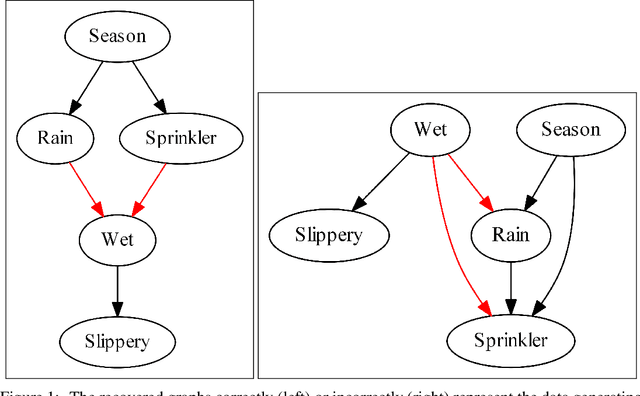

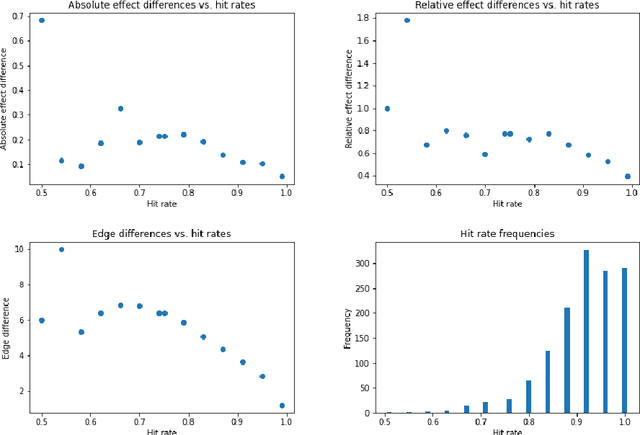

Abstract:We present quantitative probing as a model-agnostic framework for validating causal models in the presence of quantitative domain knowledge. The method is constructed as an analogue of the train/test split in correlation-based machine learning and as an enhancement of current causal validation strategies that are consistent with the logic of scientific discovery. The effectiveness of the method is illustrated using Pearl's sprinkler example, before a thorough simulation-based investigation is conducted. Limits of the technique are identified by studying exemplary failing scenarios, which are furthermore used to propose a list of topics for future research and improvements of the presented version of quantitative probing. The code for integrating quantitative probing into causal analysis, as well as the code for the presented simulation-based studies of the effectiveness of quantitative probing is provided in two separate open-source Python packages.
Parameterized Reinforcement Learning for Optical System Optimization
Oct 09, 2020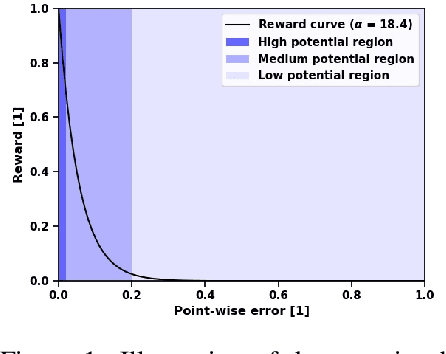

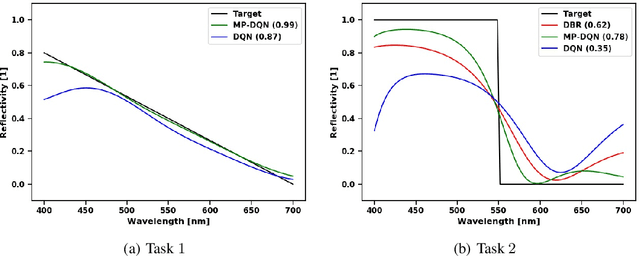
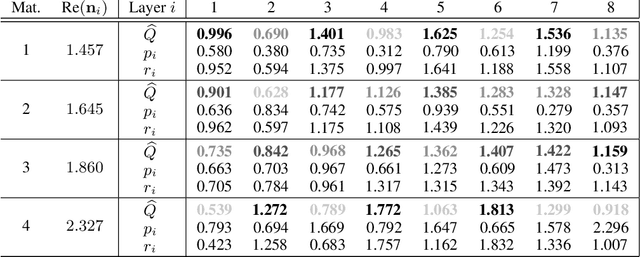
Abstract:Designing a multi-layer optical system with designated optical characteristics is an inverse design problem in which the resulting design is determined by several discrete and continuous parameters. In particular, we consider three design parameters to describe a multi-layer stack: Each layer's dielectric material and thickness as well as the total number of layers. Such a combination of both, discrete and continuous parameters is a challenging optimization problem that often requires a computationally expensive search for an optimal system design. Hence, most methods merely determine the optimal thicknesses of the system's layers. To incorporate layer material and the total number of layers as well, we propose a method that considers the stacking of consecutive layers as parameterized actions in a Markov decision process. We propose an exponentially transformed reward signal that eases policy optimization and adapt a recent variant of Q-learning for inverse design optimization. We demonstrate that our method outperforms human experts and a naive reinforcement learning algorithm concerning the achieved optical characteristics. Moreover, the learned Q-values contain information about the optical properties of multi-layer optical systems, thereby allowing physical interpretation or what-if analysis.
 Add to Chrome
Add to Chrome Add to Firefox
Add to Firefox Add to Edge
Add to Edge